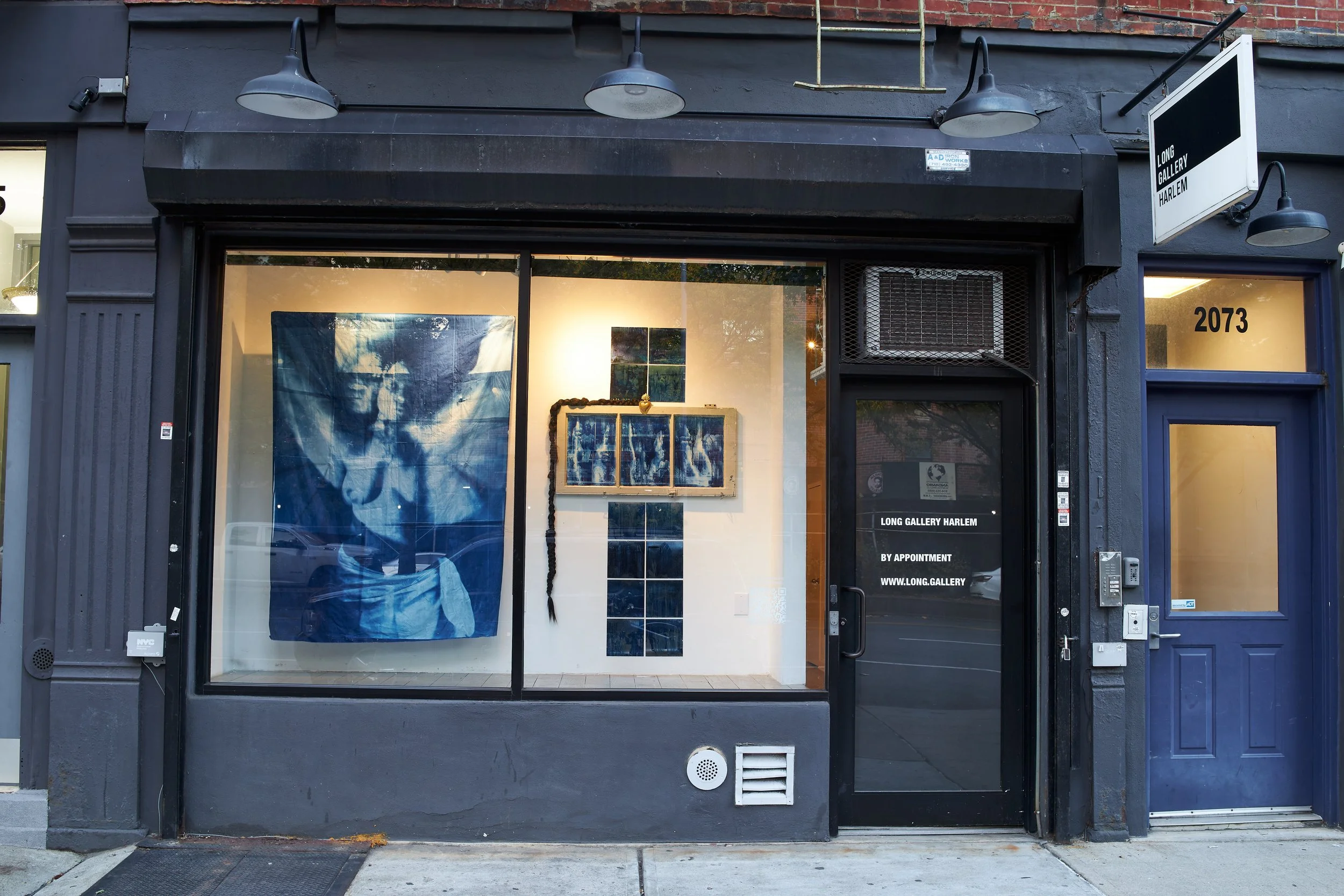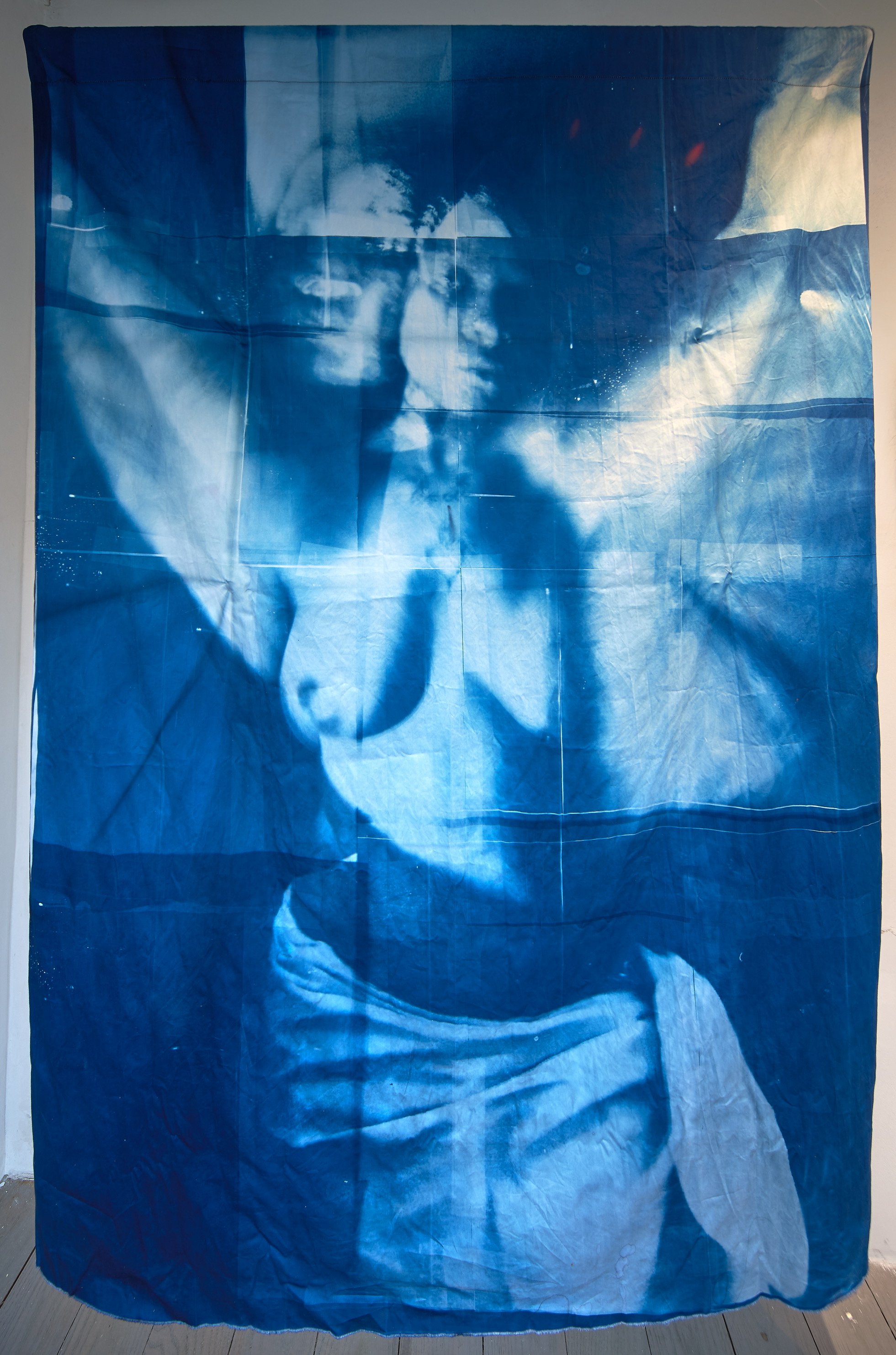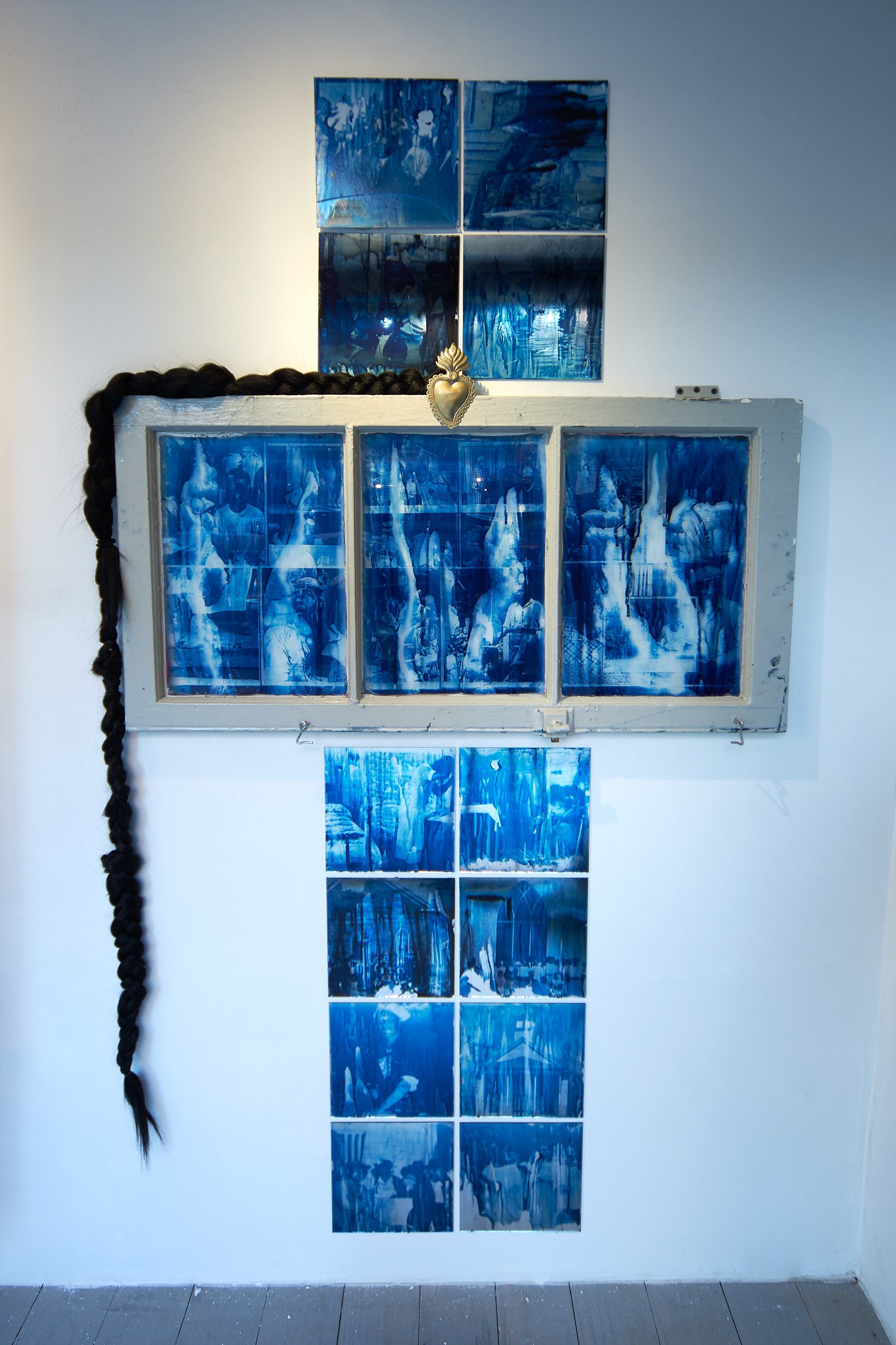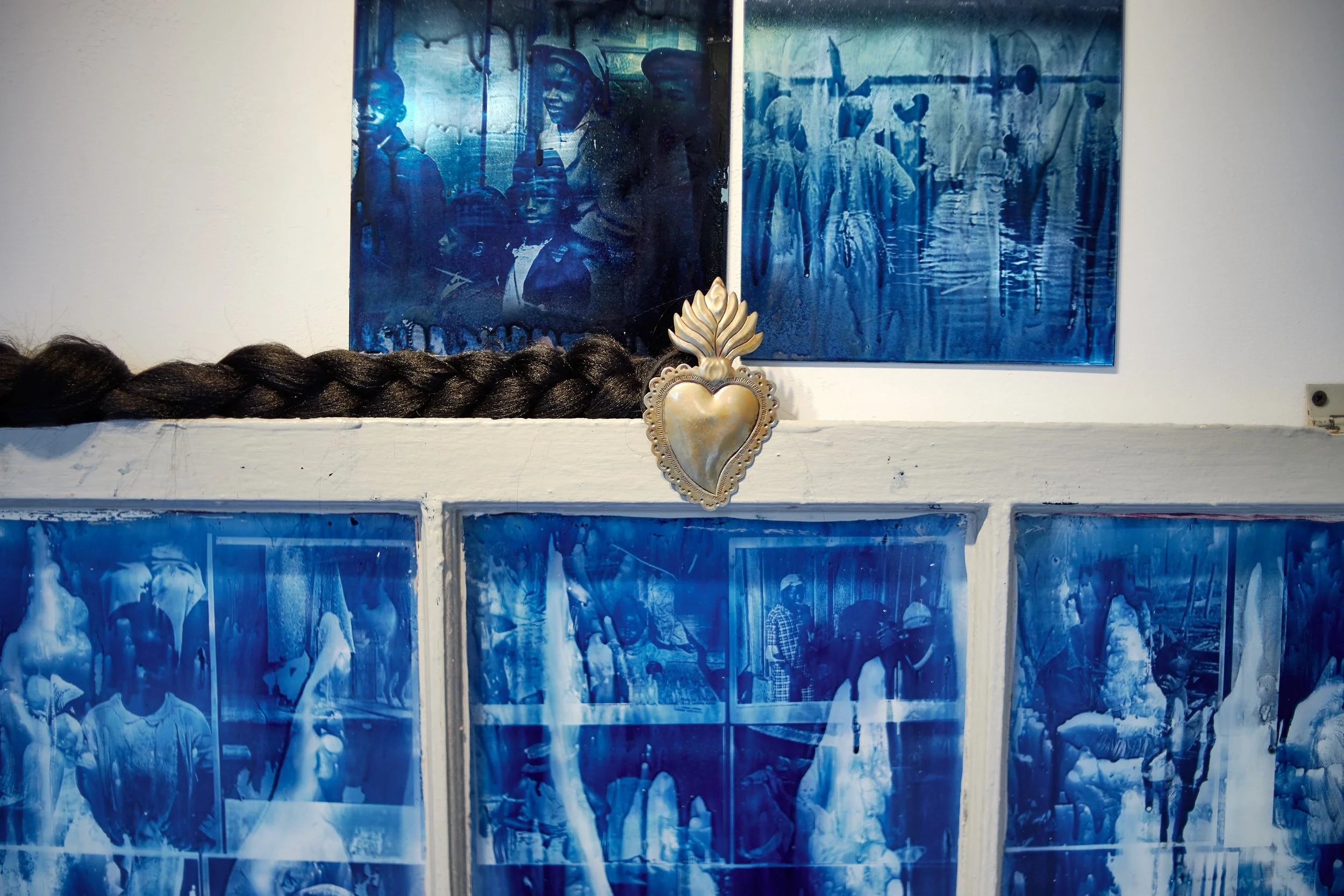Praise Fuller: A Shrine for Self-Determination
Their Eyes Were Watching God (1937) posits love’s grammar as the soil where self-actualization takes root; A Shrine for Self-Determination (2025) consecrates that ground as a liturgy of becoming.
Praise Fuller traces her artistic origin back to writing stories by hand and doodling in church pews to stay awake during sermons. Beginnings marked by questions about who she might be beyond the constraints of family, faith, and social expectation. Alternative spaces built with friends offered the first visions of freedom. Like Janie Crawford, Hurston’s protagonist, who has her awakening to life and love underneath a pear tree, those moments for Fuller created a hunger for a life on her own terms. She carries those memories like talismans, cultivating a practice that strikes a balance between her inner world and community.
We can often read our inner questioning as turmoil and rush to avoid its discomfort. But in the same light, we must ask ourselves what or who our avoidance serves? What hidden truths do those questions reveal? A Shrine for Self-Determination asks for stillness so those questions can offer direction(s) toward collective freedom. Working in cyanotype and utilizing found objects and archival photographs of Southern sharecroppers, Fuller composes spectral portraits that summon our environments and name systems of oppression. A seraphic figure protects the altar and enshrines a resistance that survives beyond us, renewing itself in every generation– eternally.
Let Harlem’s legacies stand as living data, memory stitched through the fabric of time to meet us here. Here we are face-to-face with the horizon that Hurston names. Her emblem of a self-authored life is concrete on the blocks between 110th and 155th. These storefronts, art, and culture didn’t happen by chance; they were built by people who claim Janie’s revelation as their own. A Shrine for Self-Determination is a continual devotion to those journeys and wisdom gained through hardship.



